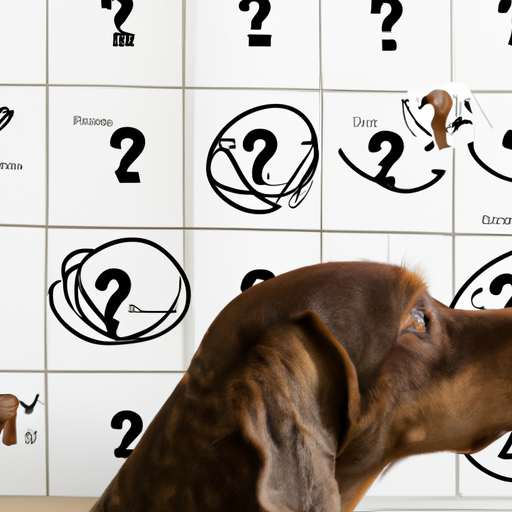As a loving caregiver, you may find yourself asking, “how long do dogs get their period for?” This is especially important if you are a new dog owner or are considering breeding your dog. This question is often met with confusion and misinformation, so let’s delve deeper into understanding the canine estrus cycle, more commonly referred to as a dog’s “period.”
What is a Dog’s Period?
First of all, it’s essential to understand that a dog’s period, or estrus cycle, is not quite the same as a human menstrual cycle. Female dogs go through a heat cycle, which involves several stages, including a period where they can become pregnant.
Here’s a quick breakdown:
- Proestrus: This is the stage where female dogs start attracting males but aren’t ready to mate yet. It usually lasts 9-10 days.
- Estrus: This is the actual mating phase, where the female dog is receptive to males. This period lasts about 9 days.
- Diestrus: This is the phase following mating, whether the dog is pregnant or not. It lasts approximately 60-90 days.
- Anestrus: This is the resting phase, and it lasts until the next heat cycle begins.
Table 1: Canine Estrus Cycle
| Stage | Duration | Description |
|---|---|---|
| Proestrus | 9-10 days | Female dogs attract males, but not ready to mate |
| Estrus | 9 days | Mating phase |
| Diestrus | 60-90 days | Post-mating phase |
| Anestrus | Until next heat cycle | Resting phase |
Understanding the Duration of a Dog’s Period
On average, a dog’s entire heat cycle lasts between six to eight months, meaning most dogs go into heat once or twice a year. However, there are variations depending on the breed, size, and overall health of the dog. Smaller breeds might go into heat three to four times a year, while larger breeds may only go into heat every 12-18 months.
Physical and Behavioral Signs of a Dog’s Period
Now that you understand the duration of a dog’s period, it’s important to recognize the physical and behavioral signs. This will help you better care for your dog during her heat cycle.
Physical Signs
- Swelling of the vulva
- Spotting or bleeding
- Increased urination
Behavioral Signs
- Increased restlessness or anxiety
- More frequent urination
- Increased attention-seeking behavior
How to Care for Your Dog During Her Period
Your dog needs extra care and attention during her period. Here are some helpful tips:
- Keep her indoors: To prevent unwanted pregnancies, it’s best to keep your dog indoors as much as possible during her heat cycle.
- Use doggie diapers: These can help manage the bleeding and keep your home clean.
- Give her a comfortable space: Your dog may feel more anxious during this time, so providing a cozy, quiet space can help her feel more secure.
Myths and Misconceptions About a Dog’s Period
There are many myths and misconceptions surrounding a dog’s period. Here are a few:
- Myth: Dogs menstruate like humans.
- Fact: Unlike human females, dogs do not have a menstrual cycle. Instead, they have an estrus cycle.
- Myth: Female dogs need to have a litter before they are spayed.
- Fact: There is no medical benefit to letting your dog have a litter before spaying. In fact, spaying can prevent many health issues.
FAQ
Q1: How often do dogs go into heat?
A1: On average, dogs go into heat once or twice a year. However, this can vary depending on the breed and size of the dog.
Q2: How can I tell if my dog is in heat?
A2: Physical signs include swelling of the vulva and spotting. Behavioral signs include restlessness, increased urination, and attention-seeking behavior.
Q3: Can my dog get pregnant during her first heat cycle?
A3: Yes, a dog can get pregnant during her first heat cycle. However, most vets recommend waiting until the third heat cycle to breed.
Q4: How can I help my dog during her heat cycle?
A4: Keep your dog indoors to prevent unwanted pregnancies, use doggie diapers to manage bleeding, and provide a comfortable, quiet space to help her feel secure.
We hope this article provided you with the knowledge and confidence you need to navigate your dog’s estrus cycle. Remember, as a caregiver, your primary role is to ensure your dog’s comfort and safety during this period. So, be patient, be attentive, and provide lots of love to your furry friend during her heat cycle.



